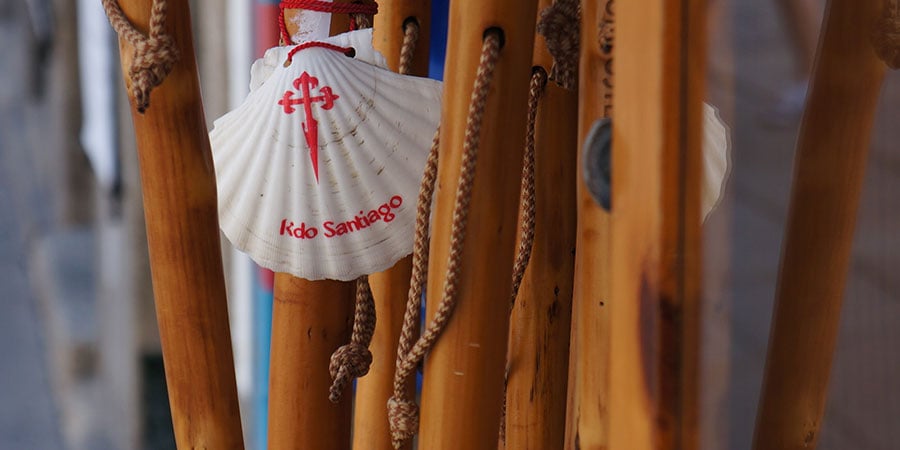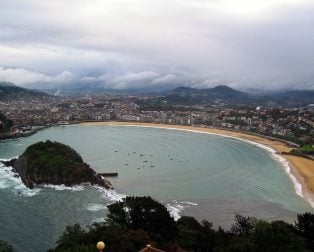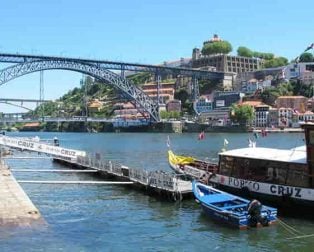The scallop shell is one of the most recognisable symbols found along the Camino de Santiago pilgrimage routes. Along with the yellow arrow, it helps guide pilgrims towards Santiago de Compostela from various starting points across Europe. Shells appear painted or carved on trees, tiles, pavements, posts, and walls throughout the journey. Known as vieira in both Spanish and Galician, the scallop shell has become both a reassuring symbol and practical tool for pilgrims.
Table of contents
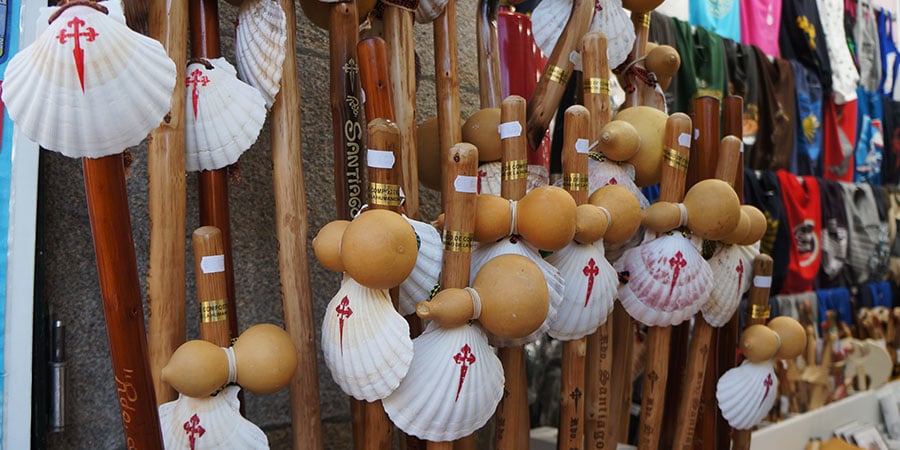
Where Did the Scallop Shell Come From?
Many legends and myths surround the origin of the scallop shell’s connection to Saint James and the Camino. In French, the shell is called Coquille Saint Jacques; in German, it’s known as Jakobsmuscheln, both named after the apostle. One story says Saint James once saved a knight who rose from the sea covered in scallop shells. Another version tells of a knight’s horse falling into the ocean and resurfacing, covered in shells as Saint James passed by. These tales helped establish the shell as a lasting spiritual emblem of the pilgrimage.
Why Is the Shell Important to Pilgrims?
The shell’s lines represent the many different Camino routes across Europe, all converging at Santiago de Compostela. It acts as a metaphor for unity, direction, and shared purpose, though interpretations about its orientation may vary. In Asturias, for example, the longest line on the shell is believed to point towards Santiago. While some follow this idea, most take the shell simply as a symbol of being on the right path. Scallop shells often appear next to yellow arrows, which serve as the most accurate and trusted guideposts. These arrows are especially common on routes like the Camino Francés and the coastal Camino Portugués.
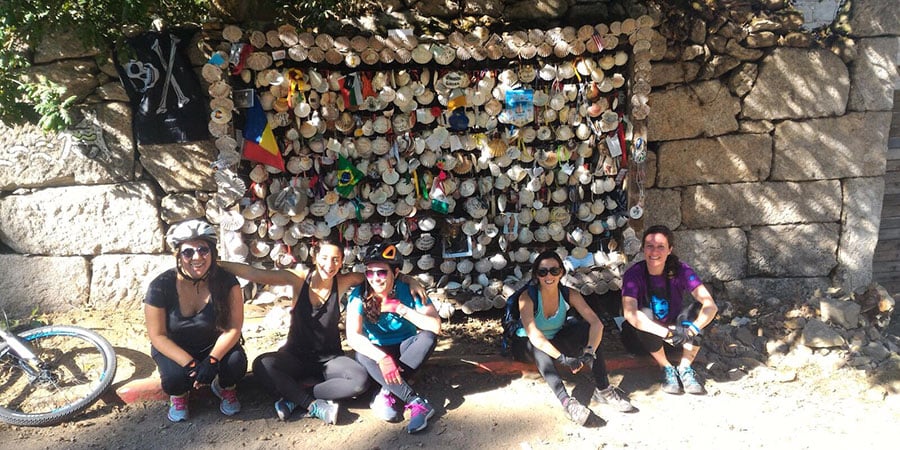
A Pilgrim’s Badge and Tool
During medieval times, pilgrims wore scallop shells attached to cloaks or hats to show they were on the Camino. The shell also served a practical role as a lightweight bowl for food and drink. At churches and pilgrim shelters, food was often given in shell-sized portions. The shell became a badge of identity and also helped gain the support and kindness of locals. It reminded others to assist pilgrims on their sacred journey, creating a strong sense of connection and purpose.
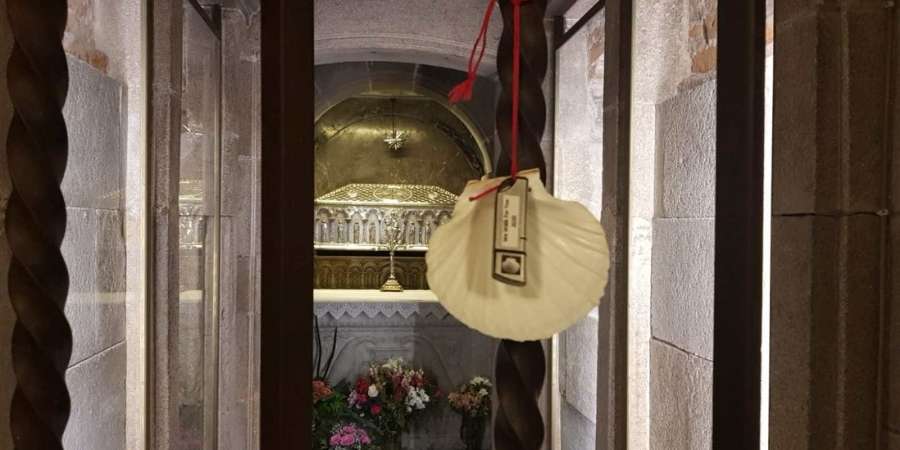
How the Shell Is Used Today
The scallop shell continues to serve as a powerful symbol for modern pilgrims walking towards Santiago de Compostela. As a species native to Galicia, the shell also became a memento of completing the Camino. Many pilgrims choose to collect a real scallop shell in Fisterra, a traditional end point of the walk. Others buy them as souvenirs from shops near Santiago Cathedral or in villages along the route. The shell remains a meaningful and cherished reminder of the journey, both spiritual and physical.
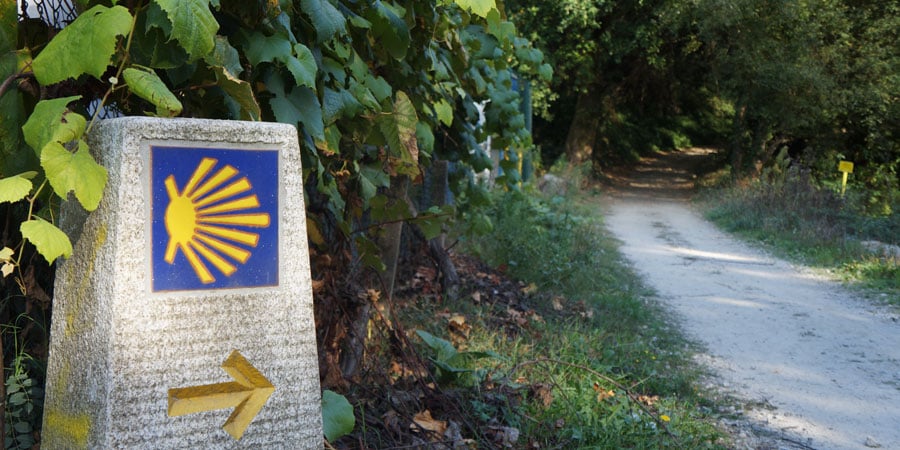
The Shell’s Deeper Origins and Symbolism
The shell may also have roots in ancient, pre-Christian beliefs, especially those related to fertility and the natural world. It’s thought some early pilgrims walked to Santiago seeking help with fertility, making the shell a symbol of life and hope. Its shape resembles the setting sun, an important symbol in many ancient cultures. This symbolism links closely to the Camino’s westward direction, ending at Fisterra — once believed to be the end of the world. There, many pilgrims watch the sun set over the Atlantic, marking a symbolic close to their journey.
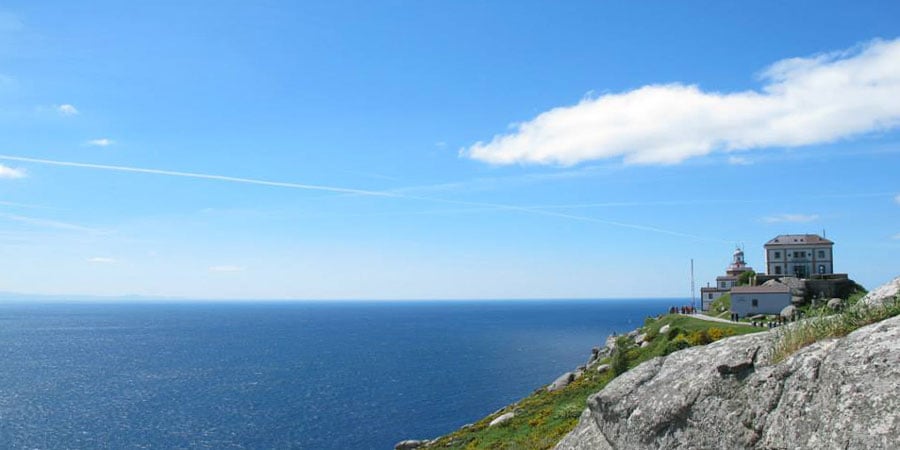
If you would like to talk to us more about interesting facts about any of the Camino routes, please get in touch with our travel specialists.
